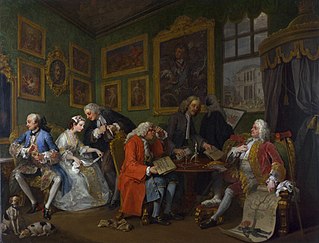
The Clandestine Marriage is a comedy by George Colman the Elder and David Garrick, first performed in 1766 at Drury Lane. It is both a comedy of manners and a comedy of errors. The idea came from a series of pictures by William Hogarth entitled Marriage à-la-mode.

Francis Place was an English social reformer described as "a ubiquitous figure in the machinery of radical London."
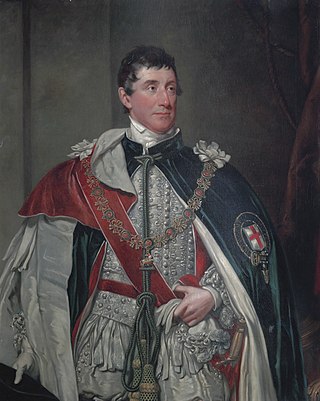
Thomas Thynne, 2nd Marquess of Bath KG, styled Viscount Weymouth from 1789 until 1796, was a British peer.
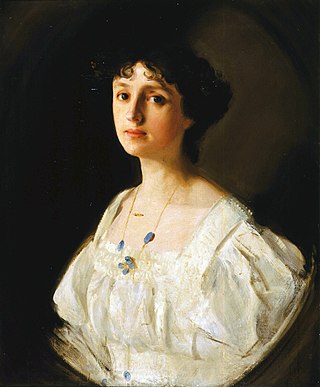
Dame Florence Lilian Braithwaite was an English actress, primarily of the stage, although she appeared in both silent and talkie films.
William Marsh (1775–1864) was a British priest in the Church of England and a writer of theological publications, in the 19th century. He was the vicar in St Peters, Colchester where his daughter, Catherine Marsh, the writer was born.

Mary Ann Davenport [née Harvey] was a British Shakespearean actress.
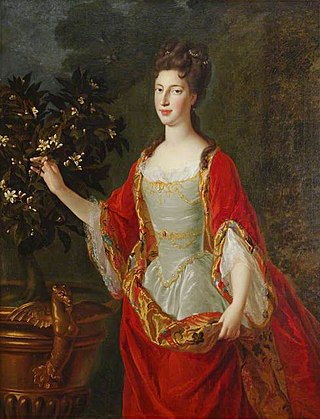
Louisa Maria Teresa Stuart, known to Jacobites as The Princess Royal, was the last child of James II and VII, the deposed king of England, Scotland and Ireland, by his second wife Mary of Modena. Like her brother James Francis Edward Stuart, Louisa Maria was a Roman Catholic, which, under the Act of Settlement 1701, debarred them both from succession to the British throne after the death of their Protestant half-sister Anne, Queen of Great Britain.
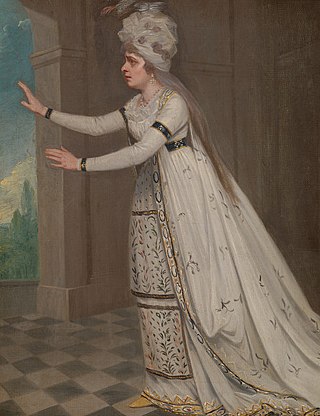
Ann Brunton Merry was an English actress popular in the Kingdom of Great Britain and later in the United States of America.

Kate Fanny Loder, later Lady Thompson, was an English composer and pianist.

Henrietta Louisa Fermor, Countess of Pomfret, was an English letter writer.

Louisa, Countess of Craven, originally Louisa Brunton (1782–1860) was an English actress.

William Simmonds Chatterley was an English actor.
Louisa Capper was an English writer, philosopher and poet of the 19th century. She was the mother of two notable sons.

Jane Powell or Mrs Powell was a British actress. She was also known as Mrs Renaud and Mrs Farmer.

Mrs Louisa Daniell was a Protestant philanthropist known for her work among the poor of The Midlands but most especially for her Soldiers' Home and Institute in the garrison town of Aldershot in the United Kingdom during the Victorian era.

Brompton Square is a garden square in London's Brompton district, in the Royal Borough of Kensington and Chelsea.
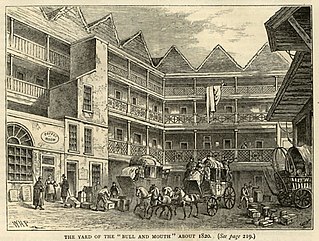
Edward Sherman was a stagecoach proprietor from Berkshire who became the second largest operator of stagecoaches in England after William Chaplin.

Harriet Pye Esten or Harriet Pye Scott-Waring born Harriet Pye Bennett was an English actress, and briefly a theatre manager.
Alice Abigail Corkran was an Irish author of children's fiction and an editor of children's magazines. Born in France to Irish parents, she grew up in the stimulating environment of her mother's literary salon. She was a playmate of Robert Browning's ageing father, and still had his workbooks in her possession when she died. As well as writing a number of well received novels, she edited first the Bairn's Annual and then The Girl's Realm, being the founder of that magazine's Guild of Service and Good Fellowship, which maintained a cot at the Ormond Street Hospital for Sick Children, among other charitable works.
Louisa Carbutt later Louisa Herford was a British schoolmistress and educational pioneer. She ran her own school. After it closed she married another headteacher who ran Lady Barn House School. His first wife had died four years before.
















